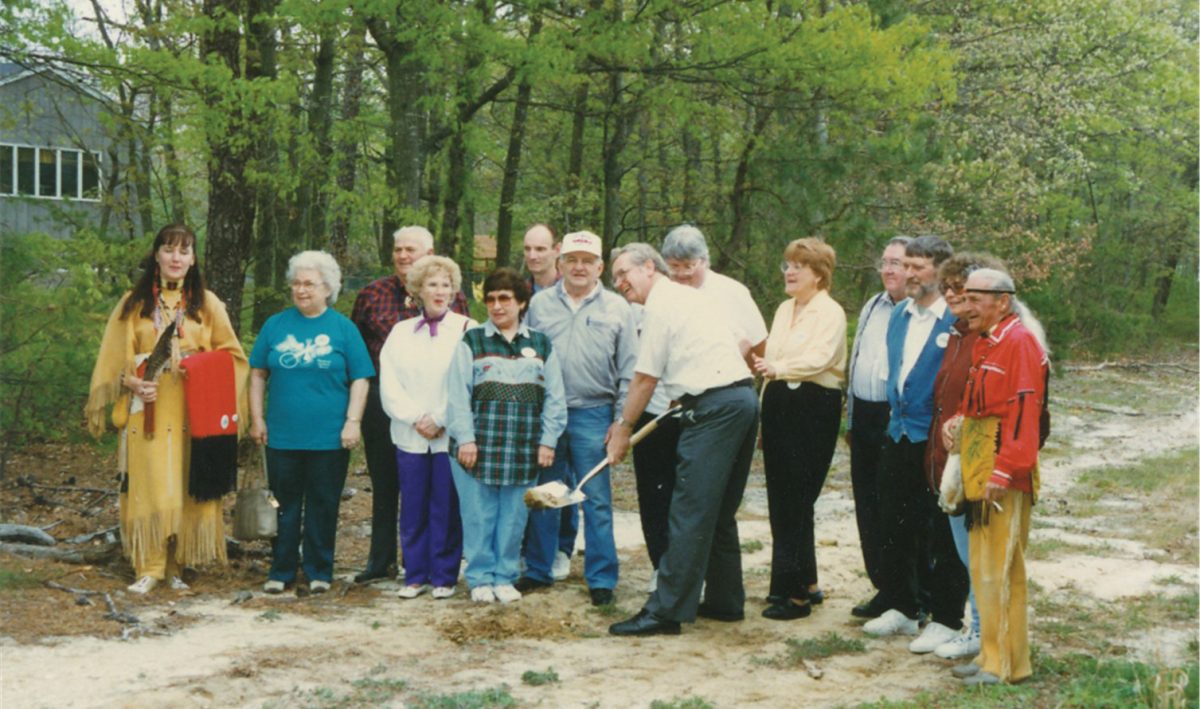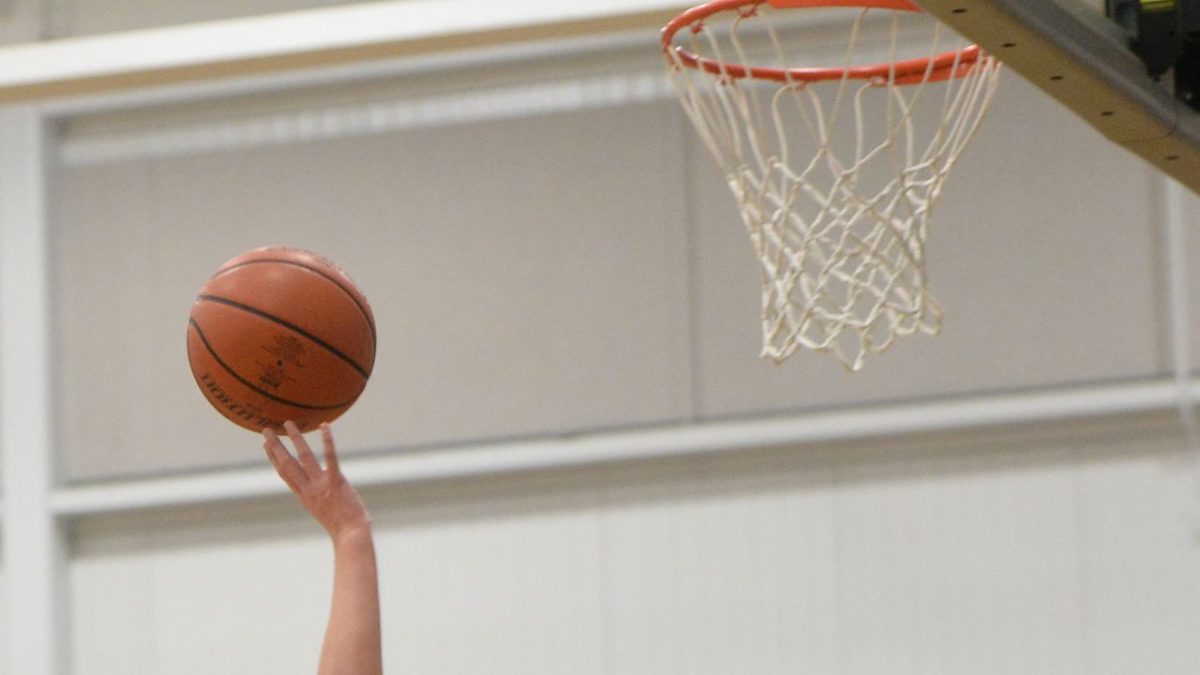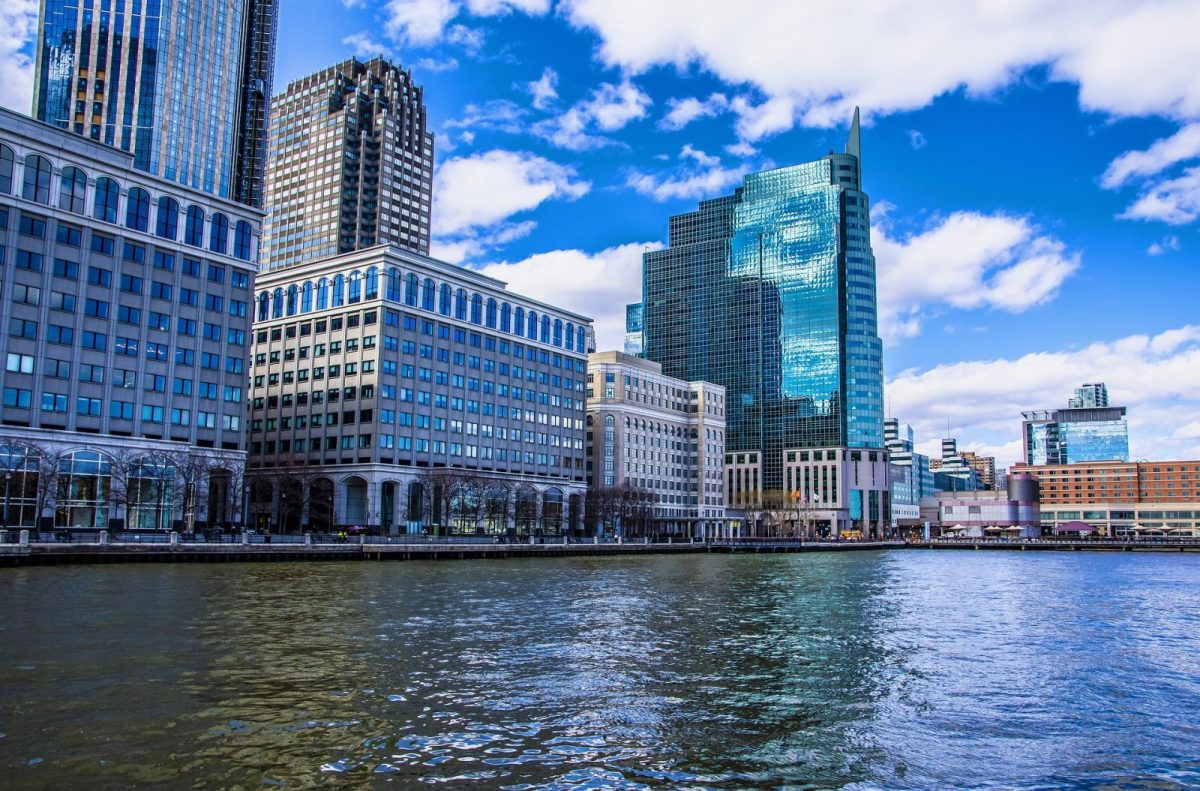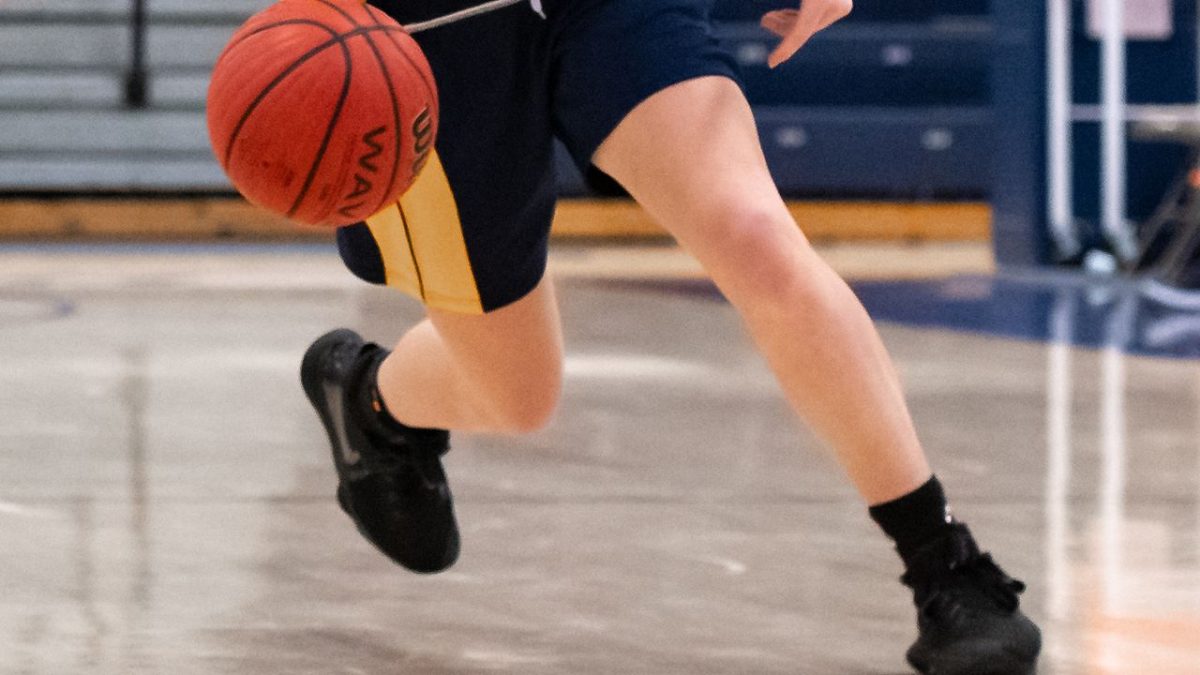

STILL GOING STRONG: Shown here is the groundbreaking for the Albert Music Hall concert venue in May 1996. It opened in January 1997. (Courtesy Albert Music Hall)
The Albert Musical Hall in Waretown celebrates 25 years of concerts in its 131 Wells Mills Rd. building on Saturday evening , March 5, with a concert featuring eight bands. Admission is $5 for adults and $1 for children.
Doors will open at 5:30, and at 6 p.m. there will be a building blessing by Clan Mother Diane of the Eastern Lenape Nation. She was present at the ground breaking in 1996 and the dedication of the building in 1997, along with Chief Whippoorwill, chief of the Lenape Turkey Clan and of the Eastern Lenape Nation.
Danielle Marrone, publicity director, said music runs from 6:30 to 9. Scheduled to appear are Easy as Pie, Redbird, Cedar Creek, Prograsstination, L&B Line, Third Rail, Singin’ for Supper and Elaine & the Cimarron Sky.
“All adults in attendance that evening will receive a free ticket for a future show, our way of saying thank you, for all the support through the years,” said Marrone. “This will definitely be a night to remember.”
The snack booth will be serving up hot dogs and sauerkraut, cakes, pies, goodies, soda, coffee, tea, cocoa and bottled water. The gift booth will be open and fully stocked with souvenirs.
The Pinelands Cultural Society, which sponsors the concerts, has staged Saturday night programs since November 1974. The first home was at the old Waretown Auction, which is now the site of the Waretown Post Office on Route 9. Although a fire destroyed the building in July 1992, Saturday…












